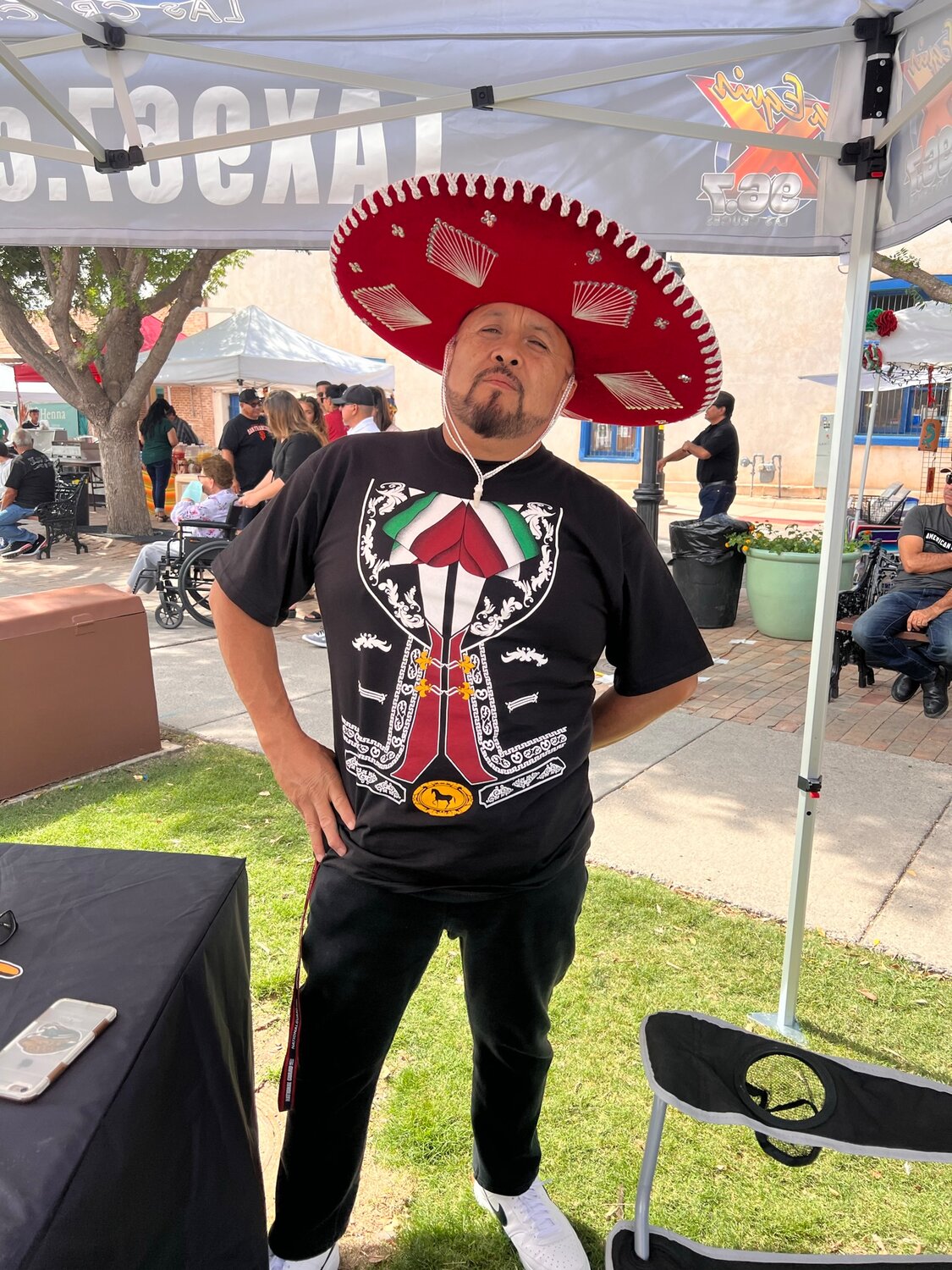Wind: mph,
Welcome to our new web site!
To give our readers a chance to experience all that our new website has to offer, we have made all content freely avaiable, through October 1, 2018.
During this time, print and digital subscribers will not need to log in to view our stories or e-editions.
If you’re new to the area, you may well wonder what Diez y Seis de Septiembre is and why we celebrate it. It all began on September 16, 1810, when Miguel Hidalgo y Costilla, a Catholic priest, gave a stirring speech in the city of Dolores, Mexico, urging the people to throw off the shackles of servitude to the Spanish empire. Leading a ragtag group of untrained men, women and children who were quickly defeated, Father Hidalgo was nonetheless responsible for what would eventually become known as the start of the battle for Mexican independence. A dispute that wouldn’t be finalized until Sept. 27, 1821.
For those of Mexican descent, Diez y Seis de Septiembre is the equivalent of the Fourth of July in the United States, conjuring up a deep sense of pride and patriotism.
The village of Mesilla was established in 1848, when the Treaty of Guadalupe Hidalgo moved the U.S.-Mexico border south of the village of Doña Ana, making it a part of the United States. Many of the citizens of the village were fiercely proud of their heritage and their country, so they moved with the border back into Mexico and founded their own village. Five years later, in 1853, another border dispute was settled with the signing of the Gadsden Purchase, placing Mesilla once again within the boundaries of the United States.
Though the village would henceforth be recognized as an American colony, it would hold fast to its national pride, continuing to celebrate Mexican holidays and its binational beginnings. Diez y Seis de Septiembre, being one of the most important of those holidays, continues to be celebrated to this day in the village of Mesilla.
“That’s what we’re celebrating, the independence of Mexico,” said Special Events Coordinator for the village of Mesilla Dorothy Sellers. “We’re honoring our cultural heritage. We do get a lot of flak about observing a Mexican holiday, but we do need to remember that Mesilla was part of Mexico for some time.”

The fiesta, taking place on the historic Mesilla Plaza, begins an hour earlier this year at 11 a.m., and runs to 10 p.m. On Sunday, Sept. 15, the fun begins at noon and runs to 7 p.m.
“This fiesta is unique in that we provide free family entertainment,” Sellers said. “We don’t target just one audience. There’s something for everybody. For the kids we have a greased pole and a piñata, which is so much fun to watch. One thing that’s new this year is the Aztec Dancers from Anthony, New Mexico, who do Native American dancing and give an amazing performance. Local bands close out the fiesta on each day, with Tejas playing from 6 to 10 p.m. on Saturday, and Los Chile Rellenos playing from 4-7 p.m. on Sunday.”
Also new this year is a beer garden, sponsored by El Patio. The bar will extend out into the street, where they will provide liquid refreshment to revelers. “They are following all state guidelines, including fencing,” Sellers said. “We’re testing it out this year, but if it’s successful we hope to expand it in the future.”
The one thing you can be assured of, however, is that the entire event will start with El Grito, Father Hidalgo’s stirring cry to battle, during the welcoming ceremony.
“That’s definitely unique to this fiesta,” Sellers said. “That’s how you know you’re in for something really different, especially if you’ve never attended one of these fiestas before. It’s about a Mexican as you get.”